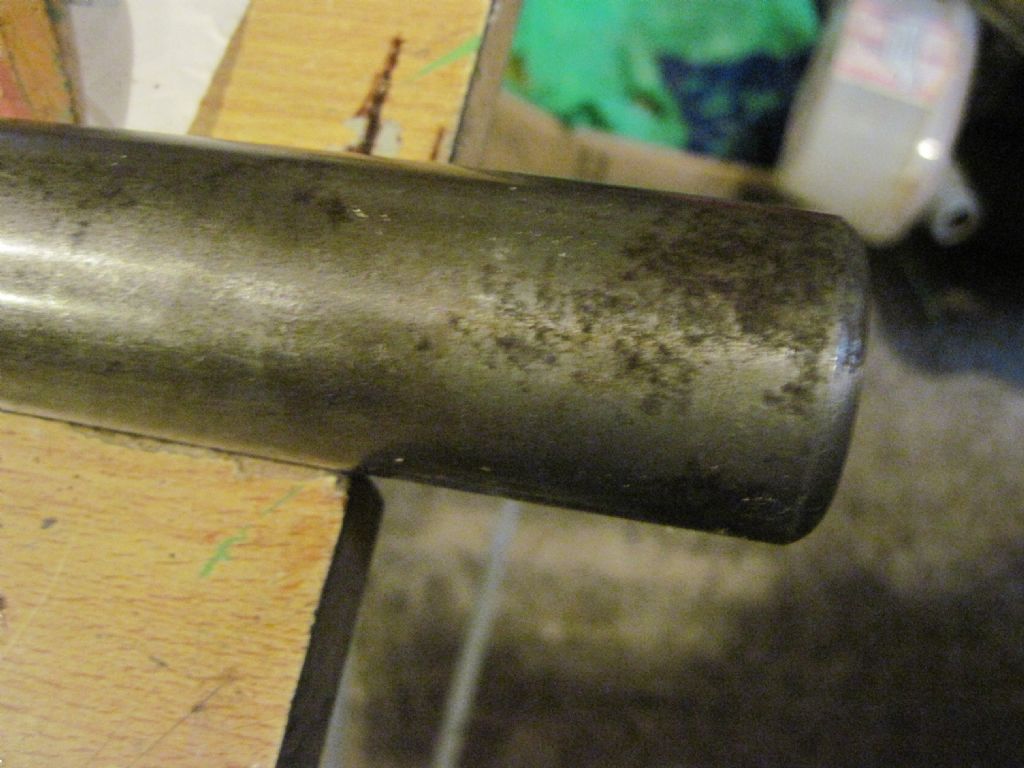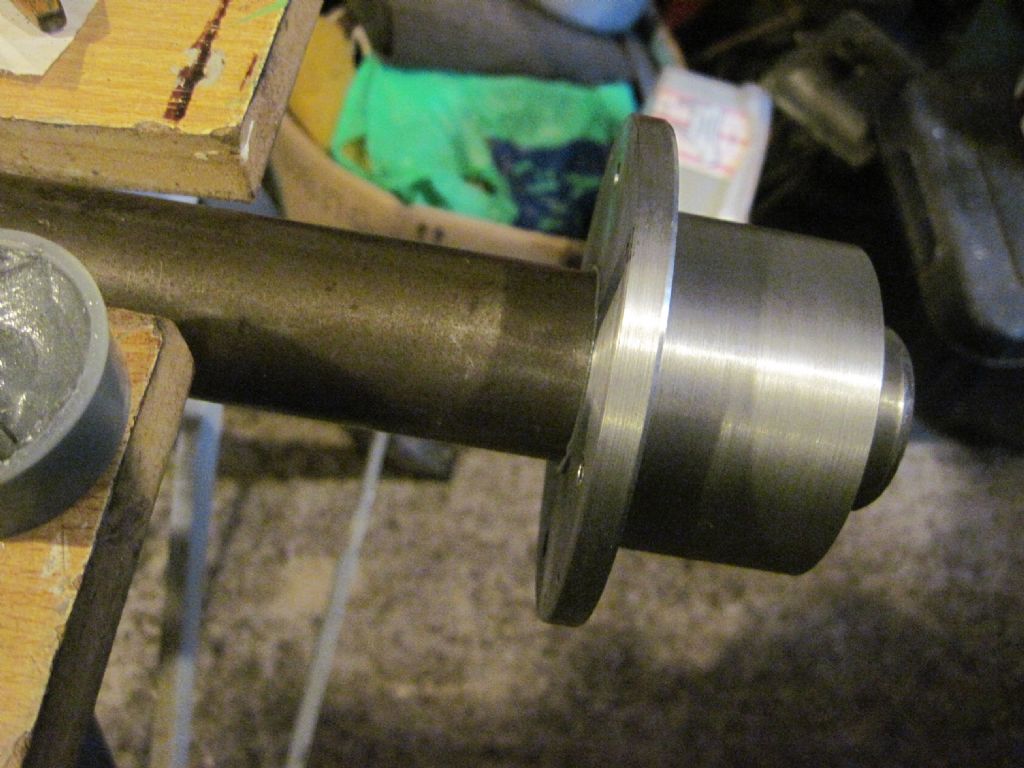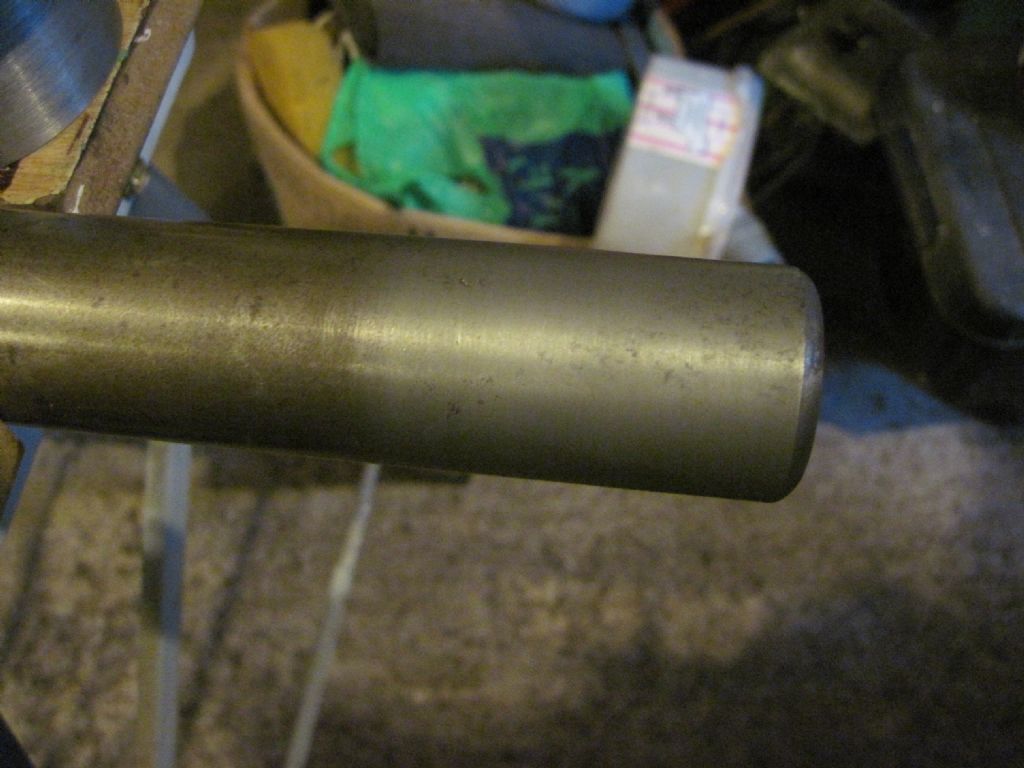I agree with other posters here Philip – I think in the case of slide-ways a better approach is to measure the bed and matching surface(s) and see where correction is needed, most likely by scraping in. With lapping, I suspect it might be possible to actually make matters worse – as any 'twist' in the parts as you lap will also tend to lap already worn areas. One of those things where a 'shortcut' might work but might also make things worse – so best to do it the 'hard' way and scrape the parts together – or modify the machine and reference an unworn surface.
However, lapping is certainly useful sometimes. Recently I've been making an adaptor to fit my Taig milling head to my MF (horizontal) mill overarm. I managed to find a suitable lump of mild steel and bored it to 1.5" (the overarm diameter) – a 2" deep hole. I was pretty happy with the bore dimension (as measured) but the overarm when offered up (had to remove the tailstock) would barely enter. I'd already taken several spring passes, so managed to avoid the temptation to take another cutting pass. I wanted a really nice tight sliding fit. Part of the problem was that the overarm is old and slightly corroded – although it felt reasonably smooth to the touch.

I removed the work from the 4-Jaw and managed to 'work' the part onto the overarm – but I then had to use a puller to get it off again. I had some fine valve grinding paste (purchased from Halfords many years ago) and wiped this over the overarm and then worked the adaptor for a few minutes until it was a good sliding fit. I then cleaned both parts with Paraffin.

Here is the overarm shaft after the lapping process and you can see the change in the surface – although very little metal has been removed.

I just need to cut keyways in both parts now and hopefully I'll then be able to use the Taig (ER16) head on my MF.
So lapping can be very useful in some circumstances, especially for close fits in round components. Frankly, I can't always get parts to the exact sizes others here seem to manage but lapping can be a great help sometimes. Incidentally, these parts will not be 'rotating' – I have a cast-iron bearing & shaft to machine shortly and for that work I will be using green Timesaver, as I don't want problems with any embedded grinding paste.
Sorry if this was too far off topic – but lapping can be very useful in some circumstance (but not others)
Regards,
IanT
Hopper.







